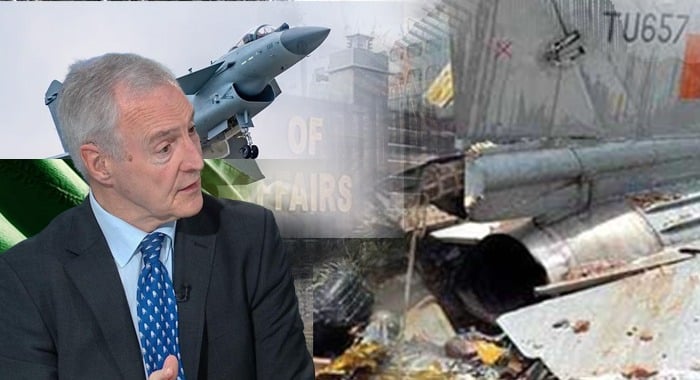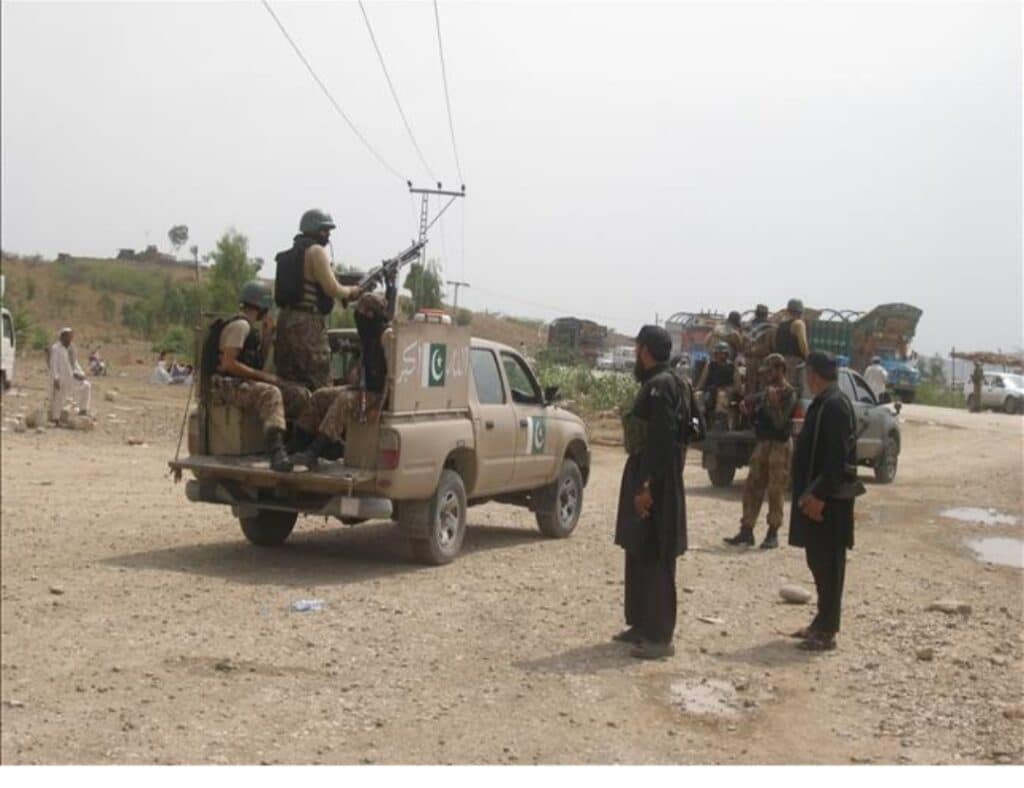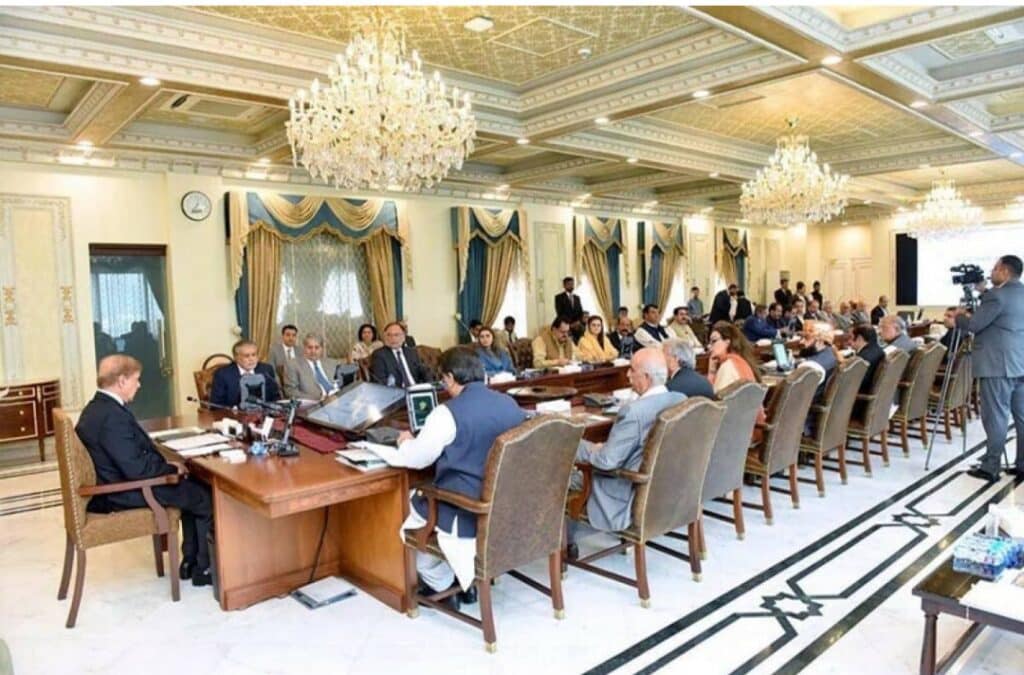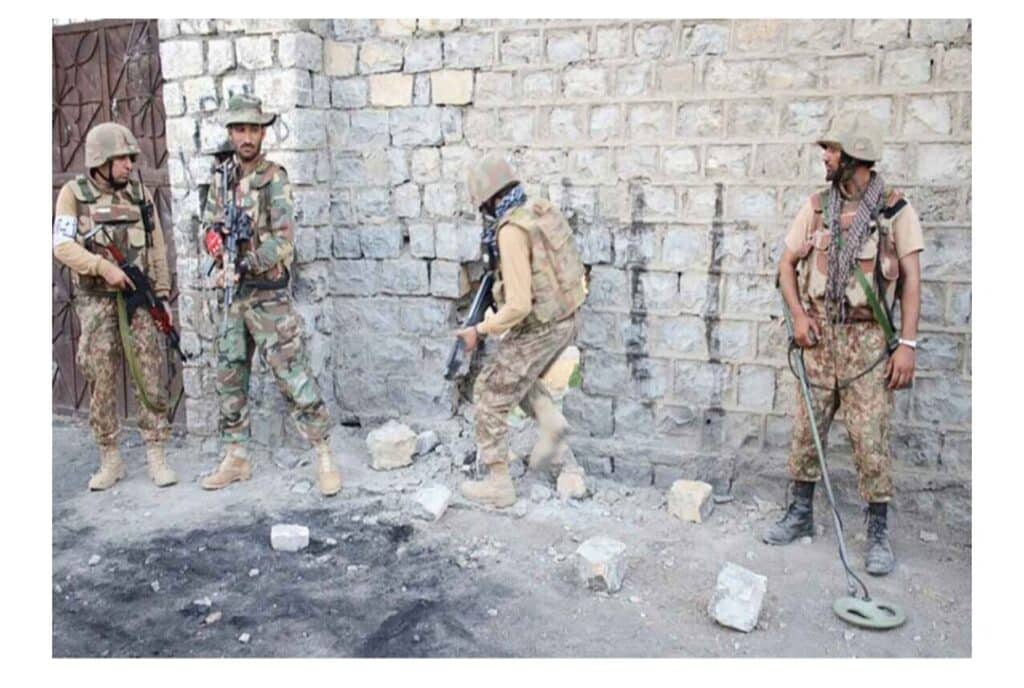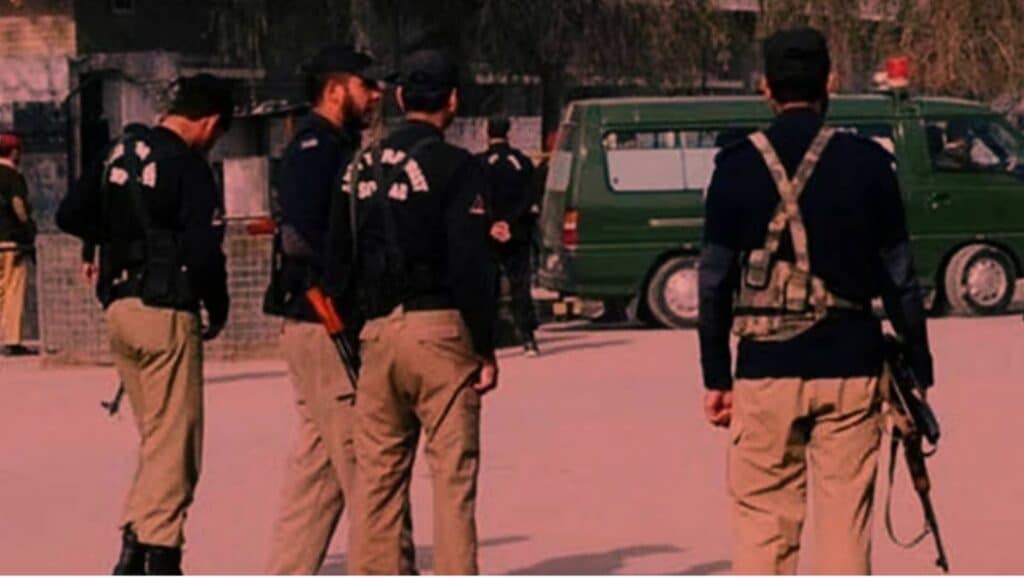Pakistan’s stunning military response to recent Indian aggression has drawn global attention—not just for its decisiveness, but for the advanced technology and precision with which it was executed. Prominent security and defence analysts from the West are now acknowledging what many in the region witnessed firsthand: Pakistan’s superior air power and tactical edge during the latest escalation.
Renowned British defence analyst Michael Clarke remarked that Pakistan’s use of Chinese military technology, including the J-10C fighter jets and advanced anti-aircraft defence systems, proved decisive. “If a J-10C has indeed downed a Rafale, that’s truly remarkable,” Clarke said, pointing to the significance of a Chinese aircraft outperforming France’s pride in combat aviation.
He further noted that India was likely caught off-guard by the scale and sophistication of Pakistan’s response. “Pakistan’s technical capabilities appear to have surprised Indian forces,” Clarke said, referencing reports that Pakistan deployed Chinese-made defence systems during the peak of Indian airstrikes.
Adding to the growing list of revelations, Nick Robertson, CNN’s International Diplomatic Editor, disclosed in a televised interview that multiple global efforts to broker a ceasefire between India and Pakistan had failed—until India launched a strike on Pakistani airbases. “That’s when Pakistan unleashed a missile barrage so intense that India had no choice but to come to the negotiation table,” he revealed.
Robertson’s remarks underscore the effectiveness of Operation Bunyān al-Marsoos (Iron Wall)—Pakistan’s massive counter-offensive targeting over 10 critical Indian military installations. Strategic locations such as Adampur, Udhampur, Bathinda, Suratgarh, Mamun, Jammu, Aknur, and Barnala saw significant damage, with several Indian airbases and ammunition depots rendered inoperative.
One of the most devastating blows came at the Adampur Airbase, where a Pakistani JF-17 Thunder fighter jet fired a hyper-sonic missile that destroyed India’s $1.5 billion S-400 air defence system. The Pakistani military released footage confirming the hit, a moment that symbolised the turning tide of the conflict.
Meanwhile, BBC South Asia Regional Editor Amberson Atharjan weighed in, stating unequivocally that Pakistan’s air power has outmatched India’s. “India may claim it attacked despite Pakistan’s nuclear deterrence, but the reality is that its plan to inflict irreversible damage failed,” Atharjan said.
Veteran Indian journalist Praveen Swahney and media commentator Karan Thapar also supported reports of Indian losses—claims that later led to them being censored and blocked by Indian media platforms, including The Wire. Their statements highlighted how domestic Indian media attempted to suppress information confirming the downing of Indian jets and failures of the Indian Air Force during the crisis.
Following Pakistan’s overwhelming response, a U.S.-brokered ceasefire was reached with support from other global actors. President Donald Trump formally announced the ceasefire via social media, noting U.S. mediation efforts and acknowledging Pakistan’s critical role in diffusing a broader regional crisis.
As the dust settles, military experts around the world are reassessing the balance of power in South Asia, with many concluding that Pakistan’s resolve, precision, and technology have shifted strategic perceptions—possibly for good.

